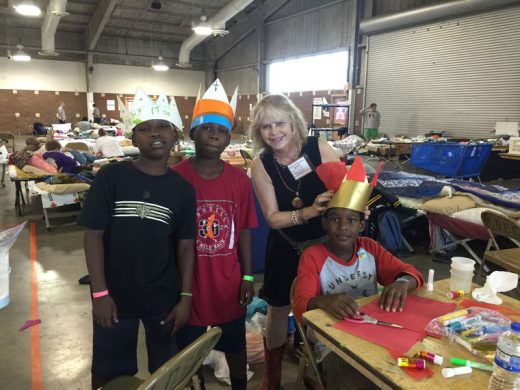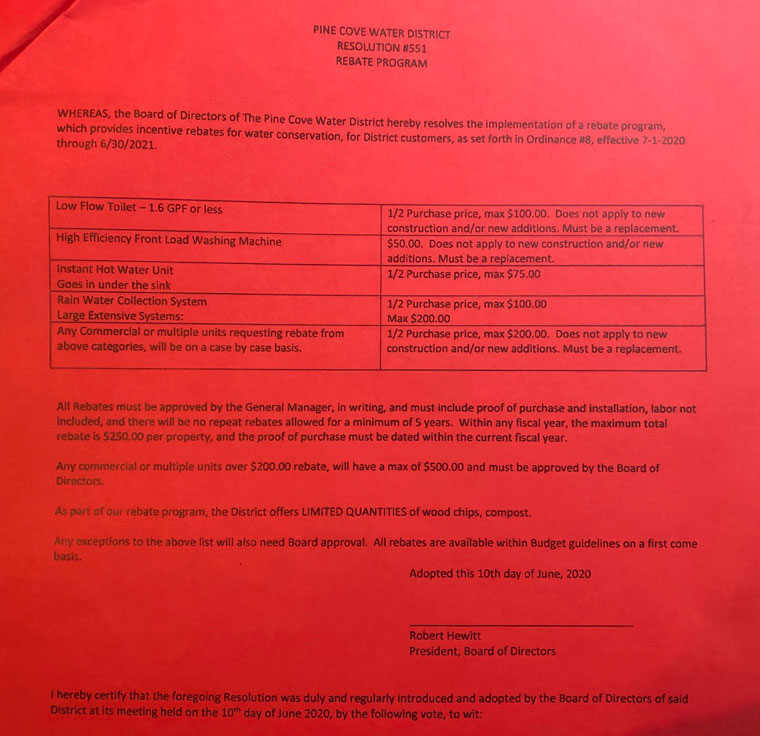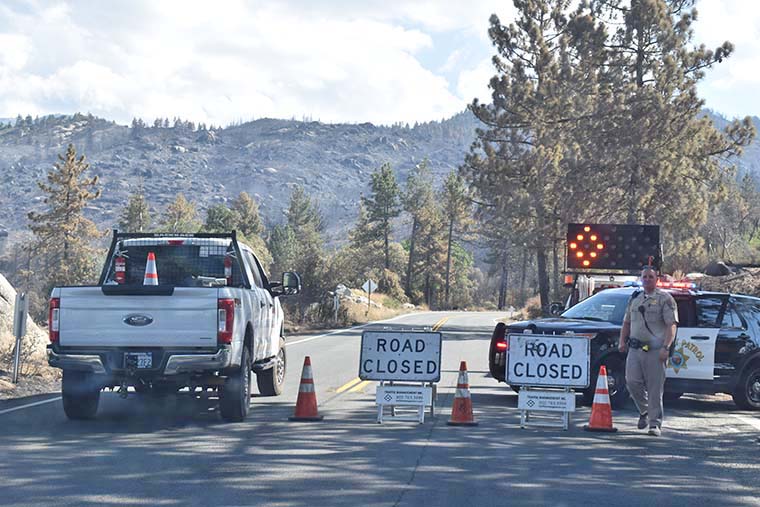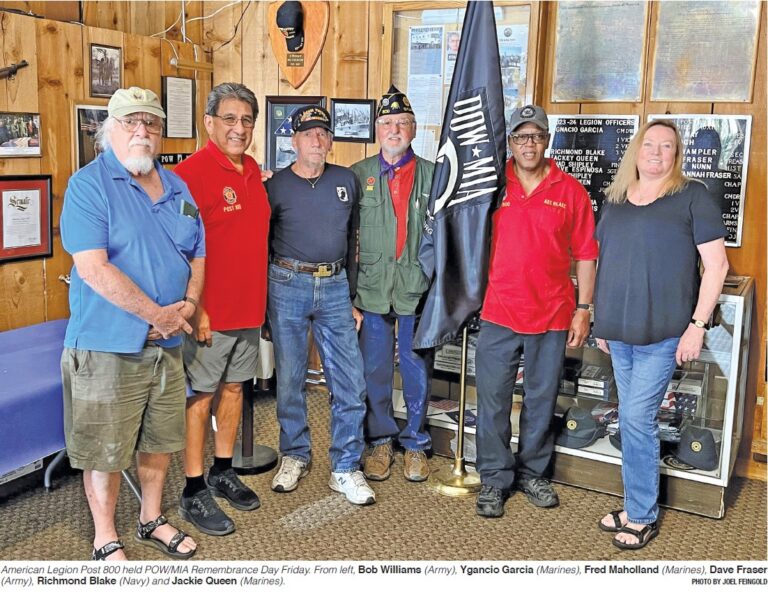Therapist Karla Leopold confronts desperation in Louisiana: Elderly and children severely impacted by storm

Photo courtesy of Karla Leopold
Recent torrential rains and flooding in Louisiana, the second-poorest state in the country, have again severely impacted children and the elderly.
And, to worsen matters, some families who lost their New Orleans homes during Hurricane Katrina, then relocated to Baton Rouge, lost their homes again during recent flooding.
Art therapist and Idyllwild resident Karla Leopold arrived in Baton Rouge, as she did 11 years ago after Katrina devastated New Orleans, to use art therapy to help ease the trauma of storm victims staying in shelters. “Desperation is everywhere,” noted Leopold.
“The situation here in Louisiana, Baton Rouge and surrounding areas affected by the recent floods continues to be difficult and heartbreaking.” She noted the difference from Katrina, in the affected communities, is that emergency response teams and the Federal Emergency Management Agency showed up immediately.
“The current focus is getting children and elderly with health issues out of the moldy, unhealthy homes — no easy task as so many of the elderly are reluctant to leave everything they own,” said Leopold.
She said her therapeutic focus has been on working with children in area shelters. “Yesterday [Sunday, Aug. 28] there were approximately 350 people in the [Lama Dixon] shelter,” she said. “We worked with over a dozen children ages 2 to 15.” She described having the children create journals, to carry and keep with them, in which to draw and write their stories of escaping floodwaters. “We also used drama therapy,” she related. “We used scarves and fabric sent to us by some wonderful donor and created costumes of a royal court including two royal chiefs. There were a lot of smiles, laughter and empowerment during this activity. We continued with the idea of empowering the children, after they write in their journals, and created hats and crowns.
“Today we are going to the River Center shelter where there are over 1,100 people,” she said. “The large arenas are lined with cot after cot. The energy in the air is certainly depressed, tense and uncomfortable. Today will certainly be a challenge as we have been asked by the medical team to provide an art activity to get the adults moving and off their cots. So many of them are covered in their blankets and just lay there all day, as they have no place to go and no homes to go back to.”
Leopold said that is the core of the desperation so many are facing — they have nothing to go back to. Or if the home is only marginally habitable, some refuse to leave, risking health issues that come from mold.
Sister Judith Brun, who directs the Baton Rouge Area Foundation, and with whom Leopold is again working, recruits volunteer teams to help clear debris and begin to rehabilitate damaged homes. They also work with authorities to arrange medical help for those affected. “The balance of the good is that we have clarified pathways for children with medical difficulties who are in homes with mold and sheet-rock dust,” she said. “Parents typically do not want to leave their homes even though the health of their children could be compromised. Parents continue to believe they can protect their children even in the worst circumstances. We must now work on a similar plan for elders who refuse to leave.”
Leopold said the need for art therapy — using art to externalize internal fear and desperation — is everywhere in the many area shelters. “It’s overwhelming just to be in the shelter for any period of time,” she noted. “Please continue to send donations, prayers and healing thoughts.” She thanked those who have sent art supplies.
“Donations sent to Brun’s Community Initiative Foundation, www.cifbr.com, go directly to Sister Judith and assist her amazing work in the community,” she said.
Donations and art supplies may also be mailed to Sister Judith Brun, 304 Laurel, #3D, Baton Rouge, LA 70801.






